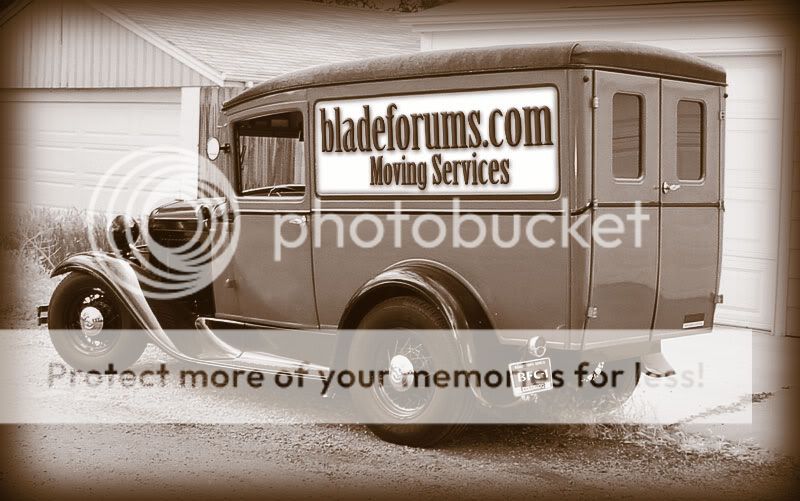This begs the question, what do you mean by "balance"?
Balance of course is POB or the spot on the sword where there is equal weight to either side lengthwise. Where the balance is has an important effect on wrist strain. A three pound longsword with POB behind the guard (in the palm of the hand) and held more or less in the horizontal position causes little wrist strain. Another (atypical) three pound longsword with most of the mass and POB toward the tip, held more or less in the horizontal position causes alot of wrist strain. This sword must be swung mostly from the shoulder and large muscles of the body to avoid straining the wrist. The first sword can be maneuvered much more easily because when it is held or maneuvered in the horizontal position, the wrist can assist without strain.
I have an Angelsword, three pounds, two ounces with POB about one inch in front of the guard, on the blade. It is a hand & a half sword and the grip area six and one half inches. When used with one hand, up against the guard, the sword is supremely maneuverable and hits hard. If I move my grip back against the pommel, away from the POB, wrist strain increases and the sword gets harder to maneuver. I can still swing the sword effectively but fine control is diminished; and I find hitting impact is not much increased.
(QUOTE)I'm not sure I entirely agree with the reasons you've come up with, but will also add that if the blade is already designed to be heavy for lots of momentum, then a pommel also makes less sense simply because it would have to be huge to make any difference. I don't think a heavy saber would really feel better with a cannon ball hanging on the butt.(END QUOTE)
Actually, I do not advocate hanging a cannon ball off the butt. It would lump up the scabbard and look silly. I think "lots of momentum" is the key phrase here. This type of sabre is designed mainly for big swings while passing by at speed. It does not have the agility for prolonged engagement.
In the civil war, this type of sabre was mainly a symbol of rank for officers. It had already become obsolete in the face of rapidly advancing firearms technology.
(QUOTE)This does not refute the ideas of the pivot points at all. You simply have to understand that you're gripping the opposite ones. Take a look at the performance section on sword forums, and a guy with axe experience notes how the pivot points affect the swing, and can be adjusted by tapering the shaft so it's heavier towards the head. (again, opposite of a sword)(END QUOTE)
I am not trying to refute the idea of pivot points. But I believe that, in the absence of plate armor and all other things being equal, that a well-balanced sword (POB not far from the hand) is a superior weapon to an axe, mace or warhammer. It is superior in large part, because of the maneuverability bestowed by a pommel. It is also superior due to the length of the cutting edge(s).
(QUOTE)Why would you believe Viking swords were never used for cutting with the tip area? (END QUOTE)
I believe no such thing. Some original Viking swords actually have rounded tips suggesting use of the tip for slashing. They also would have made a horrible stab wound in an unarmored person even if relatively shallow. Turner states... "Using an overly large pommel would MOVE THE PIVOT POINT OUT PAST THE TIP,(Capitols mine) which should guarantee that no physical part of the blade could ever be used for an impact that doesn't cause hand shock"... In general, he argues for small pommels. But many Viking sword pommels were quite large while the blades were often thirty inches or so. Not so long compared to many blades that came later. Yet the Viking sword pommels were often larger than those on the longer blades; Nevertheless the Viking swords worked fine without the hand shock that Turner predicts.
I am curious what you did not agree with in the Turner article.
Thanks for the info on the various sword makers. I am familiar with Angus Trim and am looking forward to learning more about Johannson and Tinker.


